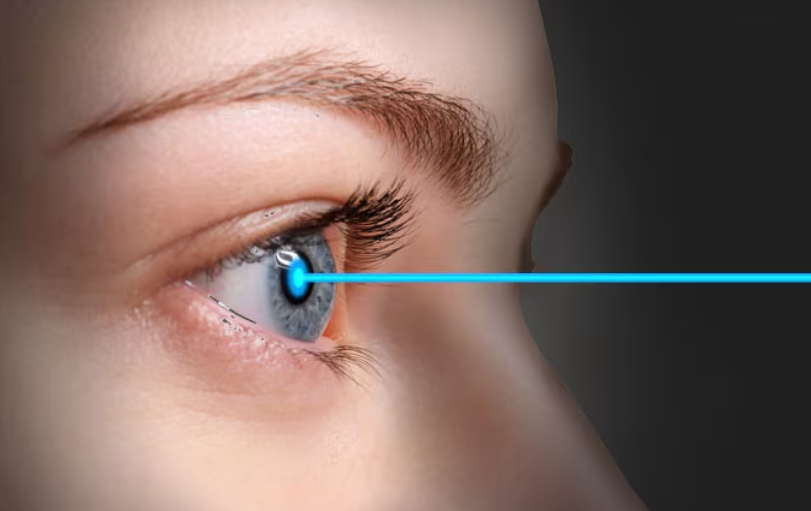China now counts over 700 million myopic individuals, with an alarming 52.7% adolescent myopia rate. The dream of ditching glasses for a sharp, unobstructed view of the world has never been more urgent. As vision correction evolves from clunky eyeglasses to advanced minimally invasive procedures like SMILE laser surgery and ICL lens implantation, consumers face a paradox: unprecedented choices paired with complex hurdles—safety concerns, technological complexities, and financial trade-offs.

Technological Leaps: From Blur to Clarity
The field is witnessing transformative advancements:
- SMILE Laser Surgery: A 2-mm micro-incision (no corneal flap needed) enables 24-hour recovery, making it ideal for high-impact professions like athletes and military personnel.
- ICL Implantation: A game-changer for severe myopia (up to 1,800 degrees), this procedure inserts a biocompatible lens into the eye, preserving corneal integrity for those ineligible for laser options.
- Customized Ablation: Guided by detailed corneal mapping, this technique reduces post-op issues like night-time glare, tailoring solutions to individual eye structures.
Safety Realities: Navigating Risks in the New Era
No innovation is without caveats:
- Post-Operative Complications: A 2023 industry report revealed 18.2% of laser surgery patients experienced dry eye syndrome, while 7.3% reported disabling night-time glare—highlighting the need for thorough pre-op evaluations.
- Unregulated Practices: Low-cost clinics using outdated equipment or uncertified surgeons pose risks like corneal thinning or keratoconus, irreversible conditions demanding lifelong management.
- Neglected Aftercare: Poor compliance with post-op protocols (e.g., skipping lubricating drops or excessive screen time) leads to vision regression in 30% of cases, underscoring the importance of long-term care.
The Financial Landscape: Hidden Costs Behind Sticker Prices
Cost disparities shape decision-making significantly:
| Correction Method | Initial Cost Range | 10-Year Total Cost* |
|---|---|---|
| Eyeglasses | ¥800–¥5,000 | ¥12k–¥80k (frame/lens replacements) |
| Contact Lenses | ¥3k/year | ~¥60k (including solutions/repairs) |
| SMILE Surgery | ¥18k–¥25k | ~¥25k (one-time procedure) |
| ICL Implantation | ¥30k–¥38k | ~¥38k (lifespan-dependent adjustments) |
| *Inclusive of exams, maintenance, and replacement costs for non-surgical options. |
Informed Decision-Making: A Three-Pronged Approach
A systematic evaluation ensures optimal outcomes:
- Medical Eligibility: Laser surgery is contraindicated for corneas thinner than 480 microns; ICL requires sufficient anterior chamber depth—non-negotiable prerequisites determined by detailed ophthalmic scans.
- Lifestyle Alignment: Frequent travelers or manual laborers may prefer durable ICL implants, while office workers prone to dry eye should weigh laser surgery risks against daily screen use demands.
- Financial Planning: Seasonal promotions (e.g., student discounts during summer) and insurance coverage for basic eyeglasses can ease budget constraints, while tax incentives may apply to surgical procedures in some regions.
Beyond the Procedure: A Long-Term Vision for Eye Health
While technology offers transformative clarity, sustainable vision health demands vigilance: annual eye exams to monitor corneal thickness, strict adherence to post-op care, and choosing clinics with transparent accreditation (e.g., JCI certification for surgical centers). The ultimate goal is not just correcting vision, but fostering a lifelong partnership with our eyes—one rooted in respect for medical science and realistic expectations.
In this era of optical innovation, the clearest vision comes not from surgical precision alone, but from balancing technological promise with informed, patient-centered choices. After all, the sharpest perspective begins with seeing the bigger picture: prioritizing long-term eye health over short-term convenience.



